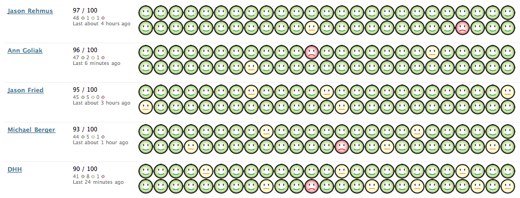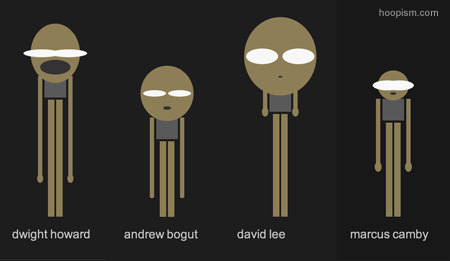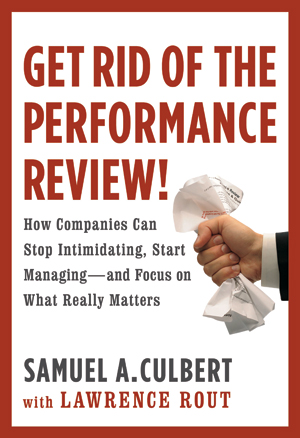Sharing Performance Data
Recently on software company 37signals Signals vs. Noise blog, the team at 37signals shared an image a recent data set of customer support ratings, or evaluations of their customer's satisfaction with the support experience they had received. A copy of the chart is below, apologies for the low resolution, the original image is also located here.

What is interesting to me about the chart is not so much that 37signals had received over 90% positive responses from their customers, but rather that the company shared specific satisfaction scores attributable to individual employees in the organization.
Of course any organization that achieves (or at least wants to portray) superior customer satisfaction and service marks is more that happy to share that information with the market, with prospects, the press, and the public; but it is unusual if not unprecedented to share these kinds of results with the kind of specific attribution that we see in the above chart, i.e. 'Ann received a 96/100 positive ratings'.
Sure, individual ratings for customer support, call center, inside sales, and other types of organizational functions are often shared internally, to be used to spur competition, to provide some motivation to raise the bar of company performance, or even as a basis for a bonus or other prize. But public, especially on popular blogs, displays of internal, personal performance related data are rare indeed.
The closest comparison I can think of comes from the local supermarket, where I often see individual 'Items scanned per minute' charts posted on the front wall of the store, usually in between the Redbox and the Coinstar machines.
If you were recruiting for customer service reps for a competing software company, or for cashiers for a new retail establishment, I imagine having access to this kind of raw, verified, and informative data might be quite valuable. Why would you need to vet a customer service reps references, when you could just access their real performance data on the corporate website?
It could be that I am making too much out of this little chart the 37signals shared, and I know no one except the grocery store staff cares about the 'items per minute' charts, but I do wonder if these kinds of public displays of performance will one day become more common.
We have LinkedIn recommendations, BranchOut endorsements, and even old-school style reference calls; but all of these have at least some amount of gray area, partial truth, and elements of uncertainty about them.
But raw 'Items per minute' and customer service evaluations, well, those are as real as it gets. If I were a star customer service rep or cashier (sadly I am neither), I would want my proof of high performance plastered on the real or virtual wall for all to see. Those scores might land me my next gig, or help me get better terms on my current deal.
What do you think? Do you anticipate these kinds of raw, normally internal employee performance metrics to get more public airing in the future?
Care to share the results of your last performance review with the world?

 Steve
Steve




